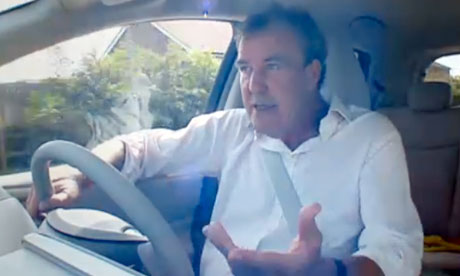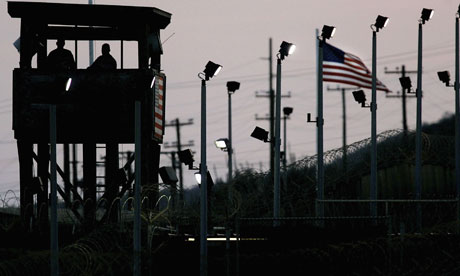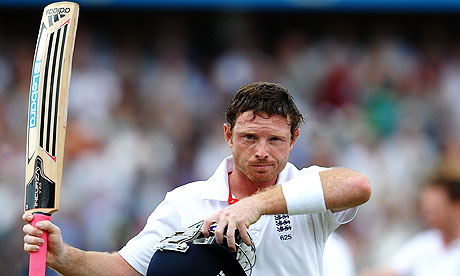Christina Patterson: The Independent
Too many black men have been killed by the police. This is not the cause of these riots, but it's in the mix
Wednesday, 10 August 2011
August, historians will tell you, is a good time to start a war. And, boy, does this feel like a war. This feels, when you switch on the TV, and see footage of burning cars, and burning buildings, and of people jumping out of burning buildings, and of people too scared to walk down their street, and of dark silhouettes in helmets waving shields, and of dark silhouettes in hoodies waving iron bars, like the nearest to war most of us have been.
This feels, when you talk to friends, and find that they're staying in with their children all day, because the area outside their front door has been turned into something that looks as though a bomb has hit it, and when you talk to friends who do open their front door, and find a looter in a balaclava hiding in their garden, like the end of something, and the start of something else. It feels like the end of getting up in the morning, and knowing that you'll be able to go to work safely, and get home safely, and do your job safely when you're there.
For some of us, the only sign on our doorsteps was even more police cars screeching past than usual, and shops that closed early, and helicopters overhead. For my neighbours, down the road in Dalston, and down the road in Hackney, it wasn't. For the man, for example, who runs a pharmacy in Mare Street, and watched a group of teenagers try to trash his shop, which was, he said, "everything he had", and who pleaded with them not to, it must have felt like the end of everything he'd spent his whole life working to build up.
For the other shopkeepers in Mare Street, and the ones in Dalston, and the ones in Tottenham, and the ones in Brixton, who watched teenagers smash glass and fill their pockets with mobile phones, or jewellery, or grab trainers, or tracksuits, or even stagger under the weight of giant TVs, it must have felt as if one of the central pillars of their life was under threat.
And for the people who lost their homes, and all their possessions, and their children's toys, and every single photo of their children, which they will never, ever be able to get back, and who nearly lost their lives, and their children's lives, because someone thought it was a good laugh to throw a can of kerosene and a match, it must have felt as near as you get to losing your world, without losing your life.
This is what happens in a war. Wars start for a million different reasons, and the time to understand those reasons is not while the war is going on. They can start – even world wars can start – with a single gunshot. This one did. This one started with an old, old story, of a black man killed by police. It started when a woman wanted to know why four children would never see their father again. And when the police said nothing. And frustration turned, as it often does, and particularly in communities where there's a lot of frustration, to anger, and anger turned, as it often does, and particularly in communities where there are a lot of teenagers with not very much to do, to violence.
And it spread. Do we know if the boys, and young men, smashing windows, and trashing shops, and burning cars, and buses, and buildings, in Hackney, and Croydon, and Brixton, and telling passers-by that what they were doing was "fun", and that they were "trying to get their taxes back", knew about the shooting of the black man, or even cared? Do we know if they knew about the black teenager in Hackney who was stopped and searched by the police, and found to have nothing illegal on him?
We don't, and we can't. We don't, and can't, know why young men, and teenagers, and children as young as 10 suddenly decided that it was a good idea to do what everyone else was doing, which was to spread chaos, and violence, and fear. But we do know that when a tinderbox, or a car, or a carpet store, is set alight, this is what, throughout history, everywhere in the world, sometimes happens.
Race didn't cause these riots, but it played a part. Why else do you get three black men talking about them on
Newsnight, when you almost never see a black man talking about anything on Newsnight? And asked questions about "the black community", as if the people who had had their livelihoods destroyed would have the same views on anything as the 12-year-olds waving iron bars? And why else do you get people talking, as they are on newspaper websites, and radio phone-ins, about "thieving black scum"?
There is no excuse for wrecking people's livelihoods and lives. "She's working hard to make her business work," screamed a brave black woman at some of the rioters in Hackney, "and you lot want to burn it up, for what? To say you're warring, and you're 'bad man'? This is about a fucking man who got shot in Tottenham. This isn't about busting up the place. Get it real, black people. Get real!"
The woman was nearly in tears, and who wouldn't cry seeing their community destroyed, and who wouldn't cry knowing that this would be yet another excuse for people to associate black people with crime? The rioters weren't all black, of course. They were black, and mixed race, and white and wannabe black. They were people who are probably already in gangs, but who usually keep their violence to other gangs, but who, on Saturday, and Sunday, and Monday, and Tuesday, didn't. On Saturday, and Sunday, and Monday, and Tuesday, they discovered, perhaps for the first time outside their little world, the thrill of power.
There are 169 gangs in London. There are 22 in Hackney alone. These are people, often people who have grown up on estates where almost nobody works, often without fathers, and often without any qualifications, skills, or ambitions, who feel that the world has let them down. The guns and knives they carry make them feel that there's a tiny corner of the world they can control. And because of these boys – no more than 2,000 of them – who carry guns and knives, and because it takes more than reports on "institutional racism" to get rid of "institutional racism", you can hardly walk down a street, if you're black, without being stopped and searched.
Too many black men have been killed by the police. Too many black men and women have been treated like criminals when they're not. This is not the cause of these riots, but it's there in the mix, a mix where the key ingredient is feeling powerless. Cuts won't help. Growing unemployment won't help. Some investment, in youth services, and better schools, and mentoring schemes, might, but money alone isn't the answer.
It wasn't these children who created the culture that told them that what mattered was the brand of their trainers, or the glitter of their bling. It wasn't these children who created the culture that told them that their one hope of escape was hip hop, or fame. It wasn't these children who created the institutions of a country where all the black workers were in the canteens. We have, as a society, created this monster and, as a society, and like those people heading into the trouble spots with dustpans and brushes, we must pick up the pieces.
c.patterson@independent.co.uk; twitter.com/queenchristina_



